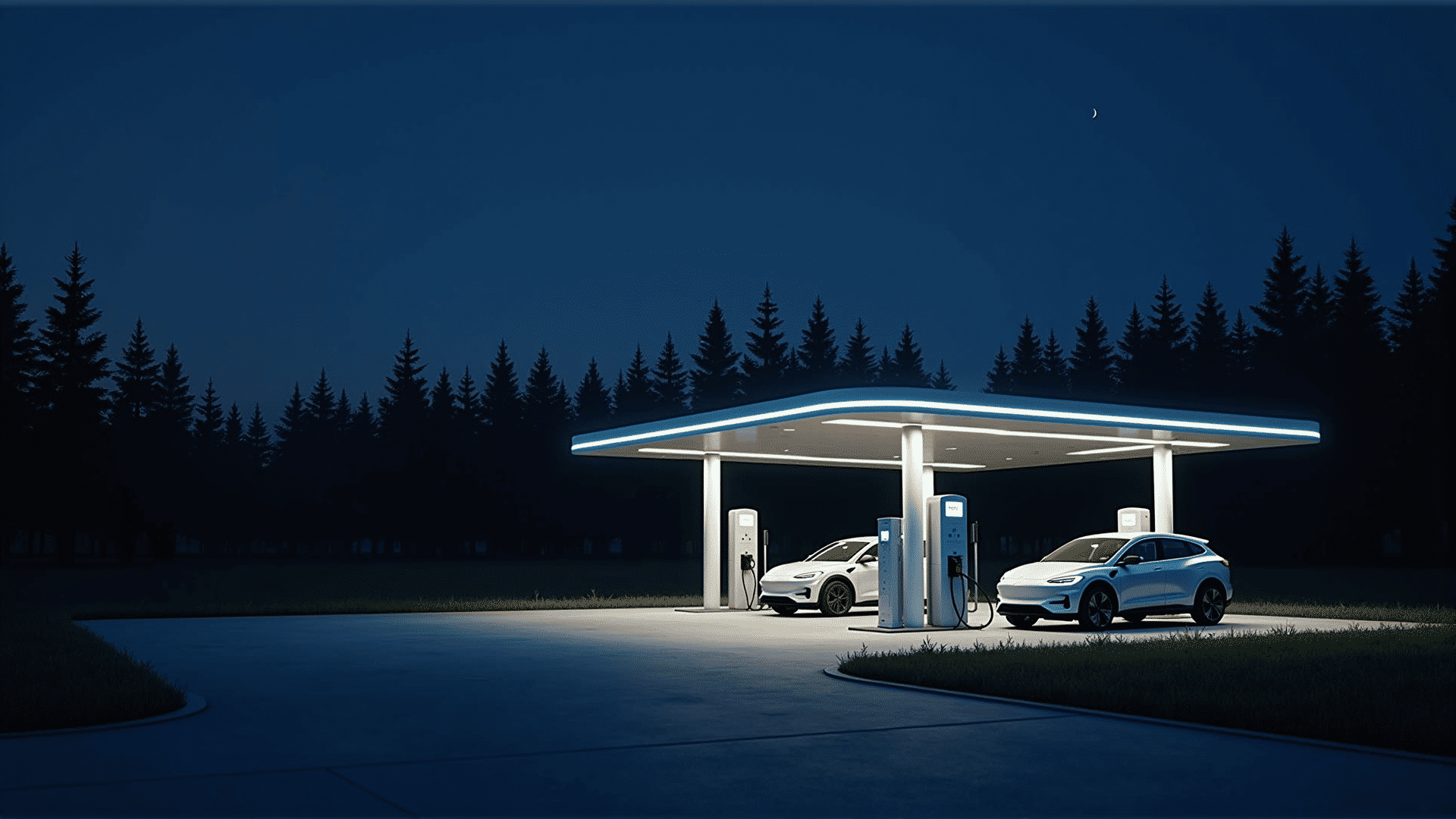In the rapidly evolving landscape of electric vehicles, optimizing the efficiency of charging infrastructure is crucial for fostering sustainable growth. With the increasing adoption of electric vehicles, there is a pressing need for effective strategies and innovative technologies to enhance the efficiency of Electric Vehicle Charging (EVC) systems. This article explores several approaches and technologies aimed at maximizing the effectiveness of EVC infrastructure, with insights from Hypur Radiant, a leader in energy management and renewable solutions.
Integrating Renewable Energy Sources
One of the most effective strategies to enhance EVC efficiency is integrating renewable energy sources such as solar and wind power. Utilizing clean energy not only reduces the carbon footprint but also supports grid stability by decreasing reliance on fossil fuels. Hypur Radiant has been at the forefront of developing solutions that align EVC stations with renewable energy generation. This integration creates a reliable and sustainable power supply, reducing overall dependence on non-renewable resources and promoting environmental health.
Smart Charging Solutions
Implementing smart charging solutions is pivotal in maximizing EVC efficiency. Smart chargers equipped with advanced software can communicate with vehicles and grid operators to optimize charging schedules. By using real-time data and predictive analytics, these systems can schedule charging during off-peak hours when electricity demand is lower and costs are reduced. Hypur Radiant's cutting-edge technology enables these intelligent decisions, ensuring efficient energy use while minimizing costs for consumers.
Energy Storage Systems
Energy storage solutions like battery energy storage systems (BESS) can play a significant role in optimizing EVC efficiency. These systems store excess energy generated during off-peak times or from renewable sources, making it available when demand peaks. Hypur Radiant's solutions in this domain allow for seamless integration of storage systems with charging infrastructure, ensuring a steady flow of power and reducing stresses on the grid.
Enhancing Grid Connectivity
Enhanced connectivity between EVC infrastructure and the electricity grid is essential for achieving high efficiency. By implementing advanced grid technologies, Hypur Radiant facilitates improved communication between chargers and grid systems. This leads to better energy distribution management, reduced downtime, and a more responsive EVC network capable of adapting to fluctuating demand.
Vehicle-to-Grid (V2G) Systems
Vehicle-to-Grid (V2G) technology is an emerging solution that permits electric vehicles to discharge energy back into the grid, offering a dynamic flow of energy. This bidirectional energy exchange can help balance load demands and reduce peak stress on electricity grids. Hypur Radiant supports the development and deployment of V2G technologies, promoting greater synergy between vehicles and energy networks.
User-Centric Technologies
User-centric technologies play a crucial role in enhancing the efficiency of EVC infrastructure. By focusing on user-friendly interfaces and seamless payment systems, charging stations can provide a superior experience that encourages more widespread adoption. Hypur Radiant's emphasis on integrating intuitive design and efficient transaction processes makes the charging experience hassle-free for users, thereby driving greater utilization and overall system efficiency.
In conclusion, maximizing the efficiency of Electric Vehicle Charging infrastructure is critical for advancing the electric mobility revolution. By harnessing the power of renewable energy sources, smart charging technologies, energy storage systems, enhanced grid connectivity, V2G systems, and user-centric interfaces, companies like Hypur Radiant are paving the way for a more sustainable and efficient EVC network. As these strategies and technologies continue to evolve, they promise to bolster the growth of electric vehicles and contribute to a cleaner, more sustainable future.
